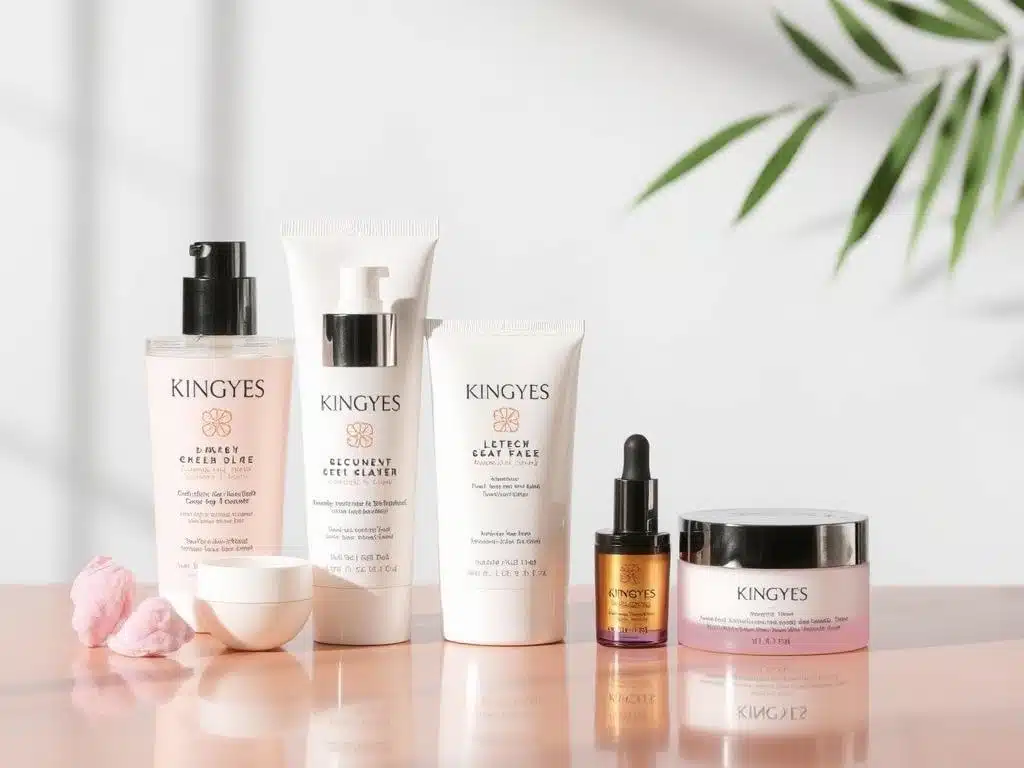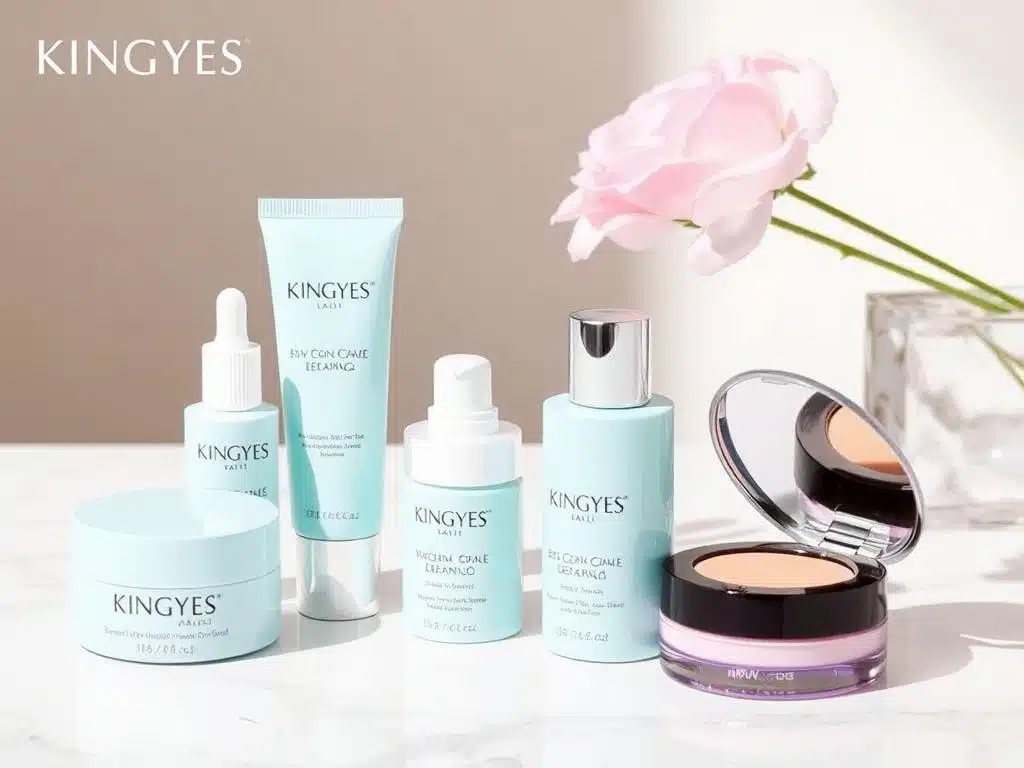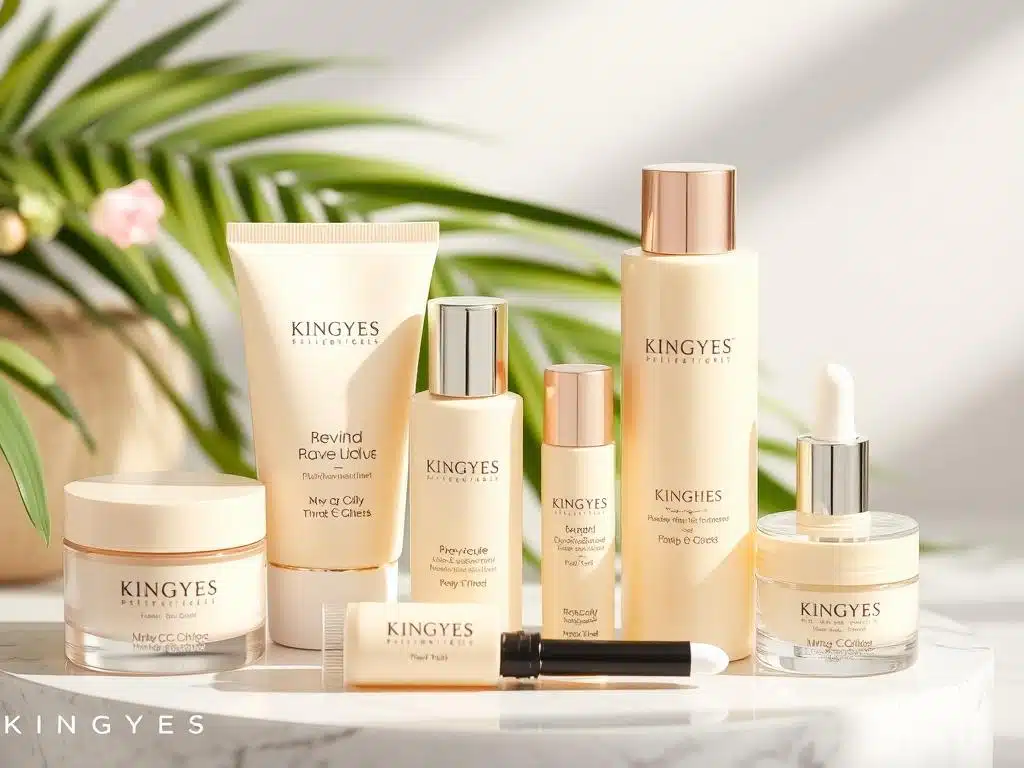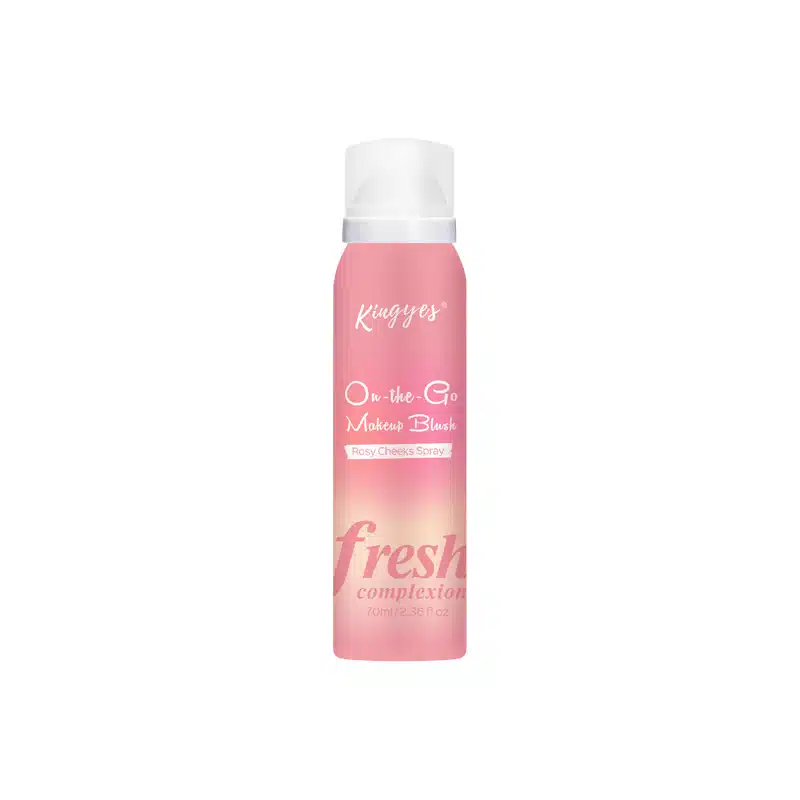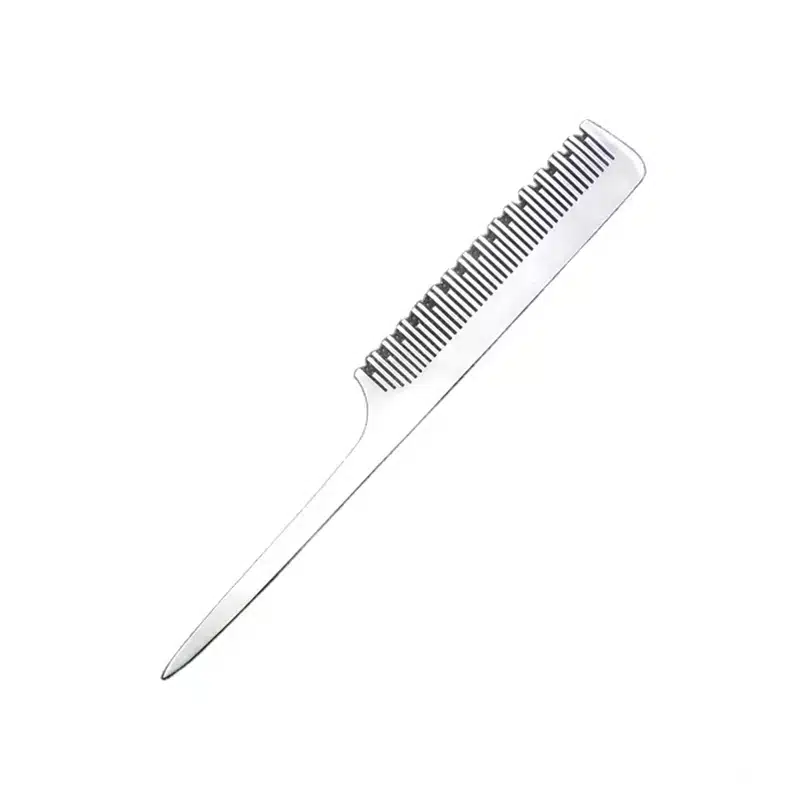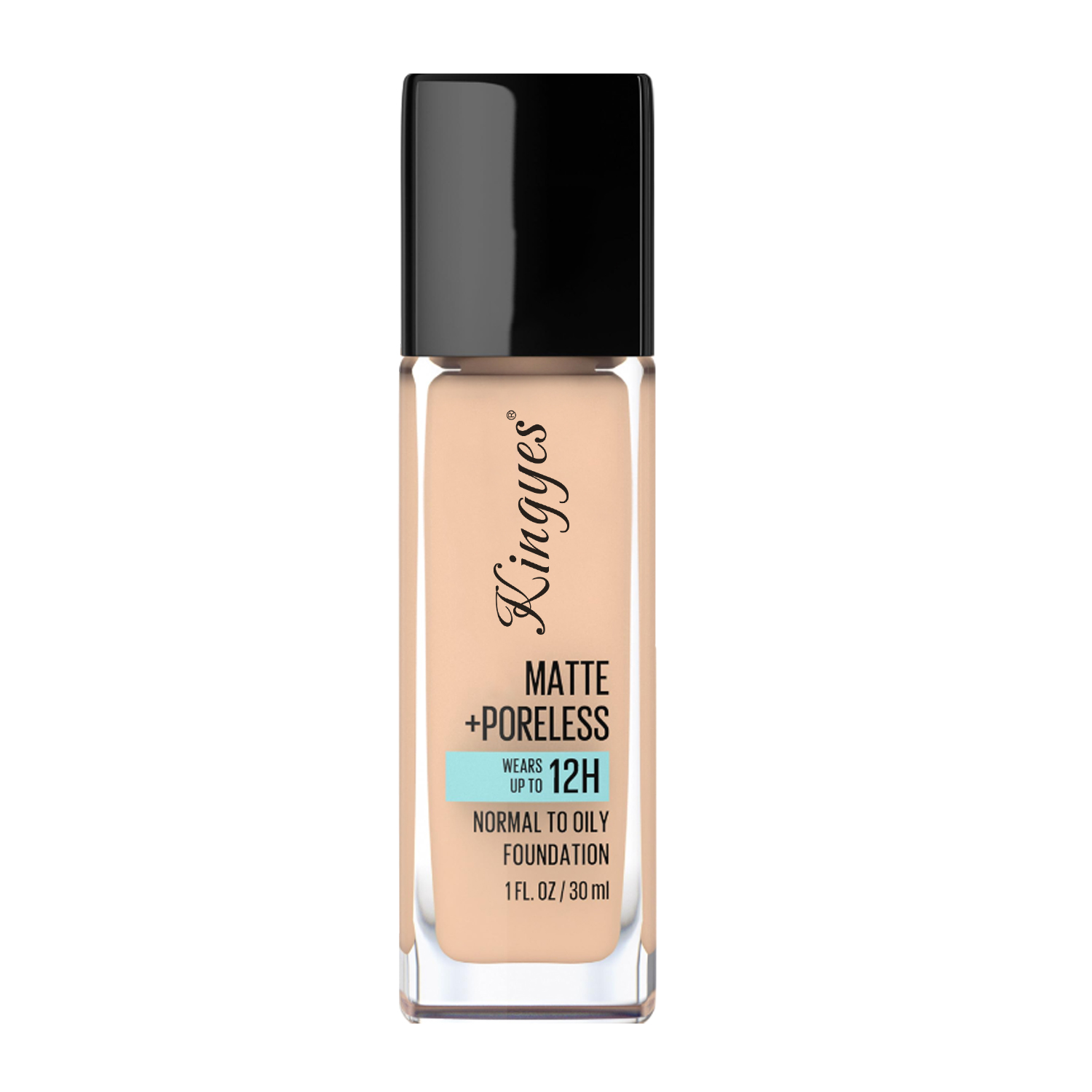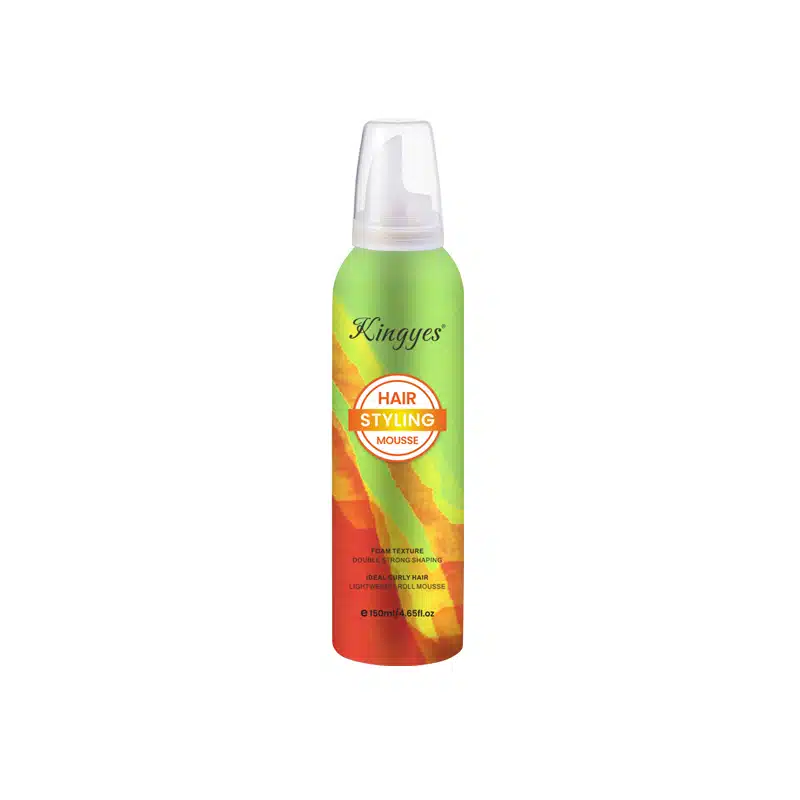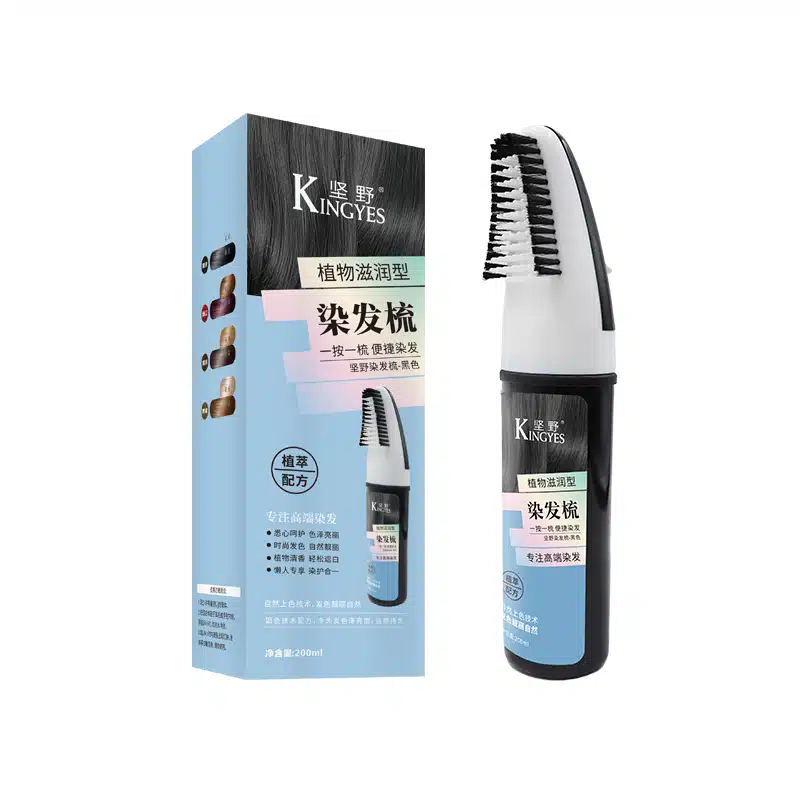
How To Sell Cosmetics On Amazon?
Table of Contents
Unlocking the Amazon Marketplace: How to Sell Cosmetics on Amazon
Dreaming of reaching millions of customers with your cosmetic brand? Amazon, the world’s largest online retailer, offers a massive opportunity to sell cosmetics and beauty products. But navigating the platform, especially within the beauty and personal care category, can seem complex. This comprehensive guide breaks down everything you need to know about how to sell cosmetics on Amazon, from understanding the approval process and creating compelling listings to managing inventory and fulfilling orders. Whether you’re a new seller or an established cosmetic brand, this guide provides the essential steps and strategies to successfully sell beauty products on Amazon.
The Amazon Opportunity: Why Sell Cosmetics on Amazon?
Amazon offers unparalleled reach and a vast customer base, making it a highly attractive platform for selling cosmetics and beauty products. Here’s why selling cosmetics on Amazon can be beneficial:
- Massive Customer Base: Amazon has hundreds of millions of active customers worldwide, providing enormous potential reach for your products.
- Established Marketplace: Amazon is a trusted and well-established marketplace, providing a sense of security for both sellers and buyers.
- Fulfillment by Amazon (FBA): Amazon’s FBA program handles storage, packing, shipping, and customer service, freeing up your time and resources.
- Marketing and Advertising Tools: Amazon provides various marketing and advertising tools to help you reach your target audience and drive sales.
- Brand Building Opportunities: You can build brand awareness and establish a strong presence on Amazon through your product listings, brand store, and advertising campaigns.
- High Profit Margins: With the right products, pricing and brand you can make a profit.
- Data and Analytics: Amazon provides sellers with valuable data and analytics to track performance, understand customer behavior, and optimize your strategies.
However, selling on Amazon also comes with its challenges, including competition, fees, and strict guidelines. Success requires careful planning, execution, and ongoing optimization.
Understanding Amazon’s Beauty and Personal Care Category: Rules and Restrictions
Amazon’s Beauty and Personal Care category is a broad one, encompassing a wide variety of products, including:
- Skincare: Cleansers, moisturizers, serums, masks, treatments, sunscreens
- Hair Care: Shampoos, conditioners, styling products, hair color, hair treatments
- Makeup: Foundation, powder, blush, eyeshadow, mascara, lipstick, eyeliner
- Fragrances: Perfumes, colognes, body sprays
- Bath and Body: Soaps, body washes, lotions, scrubs
- Tools and Accessories: Brushes, applicators, hair tools, cosmetic bags
While Amazon offers a vast market, it’s crucial to understand that the Beauty category is often “gated,” meaning that sellers require approval from Amazon to sell certain products and brands. Amazon has strict guidelines for the sale of cosmetics to ensure product safety, authenticity, and customer satisfaction. These guidelines cover areas such as:
- Product Condition: Cosmetics must typically be sold as new.
- Product Safety: Products must comply with all applicable safety regulations and standards, including those set by the US Food and Drug Administration (FDA) if you are selling in the USA.
- Labeling and Packaging: Products must be properly labeled with ingredients, warnings, and usage instructions. The product must display identifying codes, such as lot numbers and matrix codes.
- Prohibited Ingredients: Certain ingredients are prohibited or restricted by Amazon.
- Counterfeit Products: Selling counterfeit cosmetics is strictly prohibited.
- Expiration Dates: Cosmetics with expiration dates must be clearly labeled and not expired.
Before start selling beauty products, thoroughly review Amazon’s policies and guidelines for the Beauty and Personal Care category to ensure your products are compliant. It’s the seller‘s responsibility to ensure that all products on Amazon comply with the rules.
Getting Approval to Sell Beauty Products on Amazon: The Approval Process
While some beauty product subcategories are open to all sellers, many require approval from Amazon. The approval process is designed to ensure that only reputable sellers offer safe and authentic products. Here’s a general overview of how to get approval to sell beauty items:
Create an Amazon Seller Account: If you don’t already have one, create a Professional Seller Account on Amazon.
Navigate to the “Add a Product” Section: In Seller Central, go to the “Inventory” tab and select “Add a Product.”
Search for the Product or Category: Search for the specific product you want to sell or browse the Beauty category to find the relevant subcategory.
Check for Listing Limitations: If the product or category requires approval, you’ll see a “Listing limitations apply” message.
Request Approval: Click the “Request Approval” button.
Provide Required Documentation: Amazon may request various documents, such as:
- Invoices from your supplier (showing purchases of at least 10 units within the last 180 days)
- Images of the product and packaging
- A certificate of analysis (COA) or other proof of product safety and authenticity
- Proof of compliance with relevant regulations (e.g., FDA regulations)
- A letter of authorization from the brand owner (if you’re not the brand owner)
Submit Your Application: Once you’ve provided all required information and documentation, submit your application for review.
Await Amazon’s Decision: Amazon will review your application and notify you of their decision. This can take anywhere from a few hours to several weeks.
The specific requirements and the approval process can vary depending on the product, category, and your seller history. It is always best to be over-prepared, and supply any information that Amazon might need. It is vital to follow Amazon’s guidelines. It’s worth noting that some subcategories are easier to be approved for. Sellers can create different strategies to get around the gating.
Creating Compelling Product Listings: Attracting Amazon Customers
Once you’re approved to sell, creating compelling product listings is crucial for attracting customers and driving sales. Your product listing is your online storefront, and it needs to be informative, persuasive, and visually appealing. Here are key elements to optimize:
- Product Title: Use a clear, concise, and keyword-rich title that accurately describes your product and includes relevant search terms.
- Bullet Points: Highlight the key features and benefits of your product using bullet points. Focus on what makes your product unique and why customers should buy it.
- Product Description: Provide a detailed and engaging product description that expands on the bullet points and provides additional information. Use persuasive language and address any potential customer questions.
- High-Quality Images: Use professional, high-resolution images that showcase your product from multiple angles. Include close-up shots and lifestyle images to help customers visualize using your product.
- Keywords: Thoroughly research relevant keywords and incorporate them naturally throughout your listing, including the title, bullet points, description, and backend search terms.
- A+ Content (Enhanced Brand Content): If you’re brand registered, use A+ Content to create visually rich product listings with enhanced images, videos, and text.
- Variations: If your product comes in different colors, sizes, or scents, create variations to make it easy for customers to choose their preferred option.
Your product listing should be optimized for both search engines (so customers can find your product) and for conversions (so customers are persuaded to buy). Doing proper keyword research is vital.
Pricing Strategies for Cosmetics on Amazon
Pricing your cosmetic products competitively is crucial for success on Amazon. Consider the following factors when setting your prices:
- Your Costs: Calculate your total costs, including the cost of goods, Amazon fees, shipping costs, and any other expenses.
- Competitor Pricing: Research the prices of similar products on Amazon to understand the competitive landscape.
- Perceived Value: Consider the perceived value of your product, taking into account factors like brand reputation, ingredients, and packaging.
- Profit Margins: Determine your desired profit margins and set your prices accordingly.
- Promotional Pricing: Consider using promotional pricing strategies, such as discounts, coupons, and bundle deals, to attract customers and drive sales.
You may need to adjust your pricing over time based on market conditions, competitor activity, and your sales performance. Regularly monitor your pricing and make adjustments as needed.
Inventory Management and Order Fulfillment: FBA vs. FBM
Amazon offers two primary fulfillment options for sellers:
Fulfillment by Amazon (FBA): With FBA, you send your inventory to Amazon’s fulfillment centers, and Amazon handles storage, packing, shipping, and customer service. FBA offers several advantages:
- Prime Eligibility: Your products become eligible for Amazon Prime free shipping, which can significantly increase sales.
- Simplified Logistics: Amazon handles the complexities of order fulfillment, freeing up your time and resources.
- Improved Customer Service: Amazon handles customer inquiries, returns, and refunds.
Fulfillment by Merchant (FBM): With FBM, you are responsible for storing, packing, shipping, and handling customer service for your orders. FBM offers more control over your inventory and fulfillment process but requires more effort and resources.
The best fulfillment option for you depends on your business model, sales volume, and resources. FBA is generally recommended for new sellers and those with high sales volumes, while FBM may be suitable for sellers with lower sales volumes or those who want more control over their fulfillment process. It’s also worth noting that shipping products with FBA means that Amazon handles the returns. Order fulfillment is a critical part of running an Amazon business.
Marketing and Advertising Your Cosmetic Products on Amazon
To drive traffic to your product listings and increase sales, you’ll need to utilize Amazon’s marketing and advertising tools:
- Sponsored Products: These are cost-per-click (CPC) ads that appear in search results and on product detail pages. They’re a great way to increase visibility for your products.
- Sponsored Brands: These ads feature your brand logo, a custom headline, and multiple products. They appear at the top of search results and help build brand awareness.
- Sponsored Display: These ads appear on and off Amazon, targeting customers based on their interests and browsing behavior.
- Amazon Stores: Create a branded storefront on Amazon to showcase your product catalog and tell your brand story.
- Deals and Coupons: Offer discounts and coupons to attract customers and drive sales.
- External Marketing: Drive traffic to your Amazon listings from external sources, such as social media, email marketing, and your own website.
Experiment with different marketing and advertising strategies to find what works best for your products and target audience. Monitor your campaigns closely and make adjustments as needed to optimize your return on investment.
Building a Strong Brand Presence on Amazon
Building a strong brand presence on Amazon can help you differentiate yourself from competitors, build customer loyalty, and increase sales. Here are some tips:
- Brand Registry: Enroll in Amazon’s Brand Registry program to protect your brand and gain access to enhanced branding tools.
- A+ Content: Use A+ Content to create visually rich product listings that showcase your brand and products.
- Amazon Stores: Create a branded storefront to showcase your product catalog and tell your brand story.
- Consistent Branding: Use consistent branding across all your product listings, images, and marketing materials.
- High-Quality Products: Offer high-quality products that meet or exceed customer expectations.
- Excellent Customer Service: Provide excellent customer service to build trust and loyalty.
Building a strong brand takes time and effort, but it’s a worthwhile investment that can pay off in the long run.
Customer Service and Reviews: Essential for Amazon Success
Providing excellent customer service and managing reviews and ratings are crucial for success on Amazon. Amazon’s customers are highly review-driven, and positive reviews can significantly impact your sales and ranking.
- Respond Promptly to Customer Inquiries: Answer customer questions and concerns quickly and professionally.
- Resolve Issues Effectively: Address any customer issues or complaints promptly and fairly.
- Encourage Reviews: Encourage satisfied customers to leave positive reviews. You can use Amazon’s “Request a Review” button or third-party tools to automate this process.
- Monitor Reviews: Regularly monitor your product reviews and respond to any negative reviews in a professional and constructive manner.
- Learn from Feedback: Use customer feedback to improve your products, listings, and customer service.
Building a strong reputation for excellent customer service and positive reviews is essential for long-term success on Amazon. Positive reviews help to build trust.
Navigating Challenges and Staying Compliant on Amazon
Selling cosmetics on Amazon can present some challenges:
- Competition: The Beauty and Personal Care category is highly competitive. You’ll need to differentiate your products and offer competitive pricing.
- Amazon’s Fees: Amazon charges various fees, including referral fees, FBA fees, and advertising costs. Factor these fees into your pricing and profitability calculations.
- Policy Changes: Amazon’s policies and guidelines can change frequently. Stay informed about any updates and ensure your business remains compliant.
- Counterfeit Products: Counterfeit products can be a concern on Amazon. Protect your brand by enrolling in Brand Registry and monitoring for any unauthorized sellers.
- Inventory Management: Managing inventory effectively is crucial to avoid stockouts or overstocking.
- Staying Compliant: It’s the seller’s responsibility to know the local laws, to make sure that all products and brands comply with the current rules.
Staying informed, adapting to changes, and proactively addressing challenges are key to navigating the Amazon marketplace successfully. Ensure your product meets Amazon’s requirements. You need to ensure that all products you sell are allowed to sell.
Table: Amazon Fees for Selling Cosmetics
| Fee Type | Description | Typical Cost |
|---|---|---|
| Referral Fee | A percentage of the item’s sale price, charged for each item sold. | Varies by category, typically 8-15% for Beauty products |
| FBA Fees (if using FBA) | Fees for storage, fulfillment, and other services provided by Amazon. | Varies based on product size, weight, and storage duration |
| Monthly Subscription Fee | Fee for a Professional selling account (required for most sellers). | $39.99 per month |
| Advertising Costs (optional) | Costs for running advertising campaigns on Amazon (Sponsored Products, Sponsored Brands, Sponsored Display). | Varies based on your budget and bidding strategy |
| Other Fees | Other potential fees, such as long-term storage fees, removal order fees, and return processing fees. | Varies based on circumstances |
Table: FDA Cosmetic Requirements Checklist
| Requirement | Description | Key Considerations |
|---|---|---|
| Product Safety | Cosmetics must be safe for their intended use. | Avoid prohibited ingredients, ensure proper manufacturing practices, conduct safety testing if necessary. |
| Ingredient Labeling | Cosmetics must have an ingredient list, in descending order of predominance. | Use the correct INCI (International Nomenclature of Cosmetic Ingredients) names, accurately list all ingredients. |
| Net Quantity of Contents | The label must state the net quantity of contents (e.g., weight, volume). | Use accurate measurements, comply with specific requirements for units of measure. |
| Name and Place of Business | The label must identify the manufacturer, packer, or distributor, and their place of business. | Provide accurate and complete information. |
| Warning Statements | Certain cosmetics require specific warning statements (e.g., sunscreens, alpha hydroxy acids). | Comply with all applicable warning requirements, ensure warnings are prominent and legible. |
| Prohibited Ingredients | Certain ingredients are prohibited or restricted in cosmetics. | Substances the FDA classifies as posing a significant risk cannot be included. |
| Color Additives | Color additives must be approved by the FDA. | Use only approved color additives, comply with any restrictions on use. |
| Tamper-Resistant Packaging | Certain cosmetics require tamper-resistant packaging. | Comply with specific requirements for tamper-resistant packaging if applicable. |
| Registration (VCRP) | While not mandatory for all cosmetics, voluntary registration with the FDA’s VCRP is encouraged. | Consider registering your products with the VCRP to demonstrate your commitment to safety and compliance. |
| Good Manufacturing Practices (GMP) | Although not explicitly required by law for all cosmetics, following GMP guidelines is strongly recommended. | Implementing GMP helps ensure product quality, safety, and consistency. Use tools and resources to ensure products are compliant. |
This compliance checklist will ensure that your cosmetic products are legal and compliant. It’s vital to know that products that are usually rubbed, poured, sprayed, or sprinkled on the body are classified as cosmetics.
10 Key Things to Remember About Selling Cosmetics on Amazon
- Amazon offers a massive opportunity for cosmetic brands to reach a vast customer base.
- The Beauty and Personal Care category on Amazon often requires approval to sell.
- Thoroughly research Amazon’s policies and guidelines for selling cosmetics.
- Create compelling product listings with high-quality images, keyword-rich text, and accurate information.
- Price your products competitively, considering your costs, competitor pricing, and Amazon’s fees.
- Choose between Fulfillment by Amazon (FBA) and Fulfillment by Merchant (FBM) based on your business needs.
- Utilize Amazon’s marketing and advertising tools to drive traffic and sales.
- Build a strong brand presence on Amazon through Brand Registry and A+ Content.
- Provide excellent customer service and proactively manage product reviews.
- Stay informed about Amazon’s policy changes and adapt your strategies accordingly.
Comments

What Hair Type Is Mousse Best For?
Ever wondered which hair mousse is perfect for your hair type?

How to Use Body Lotion for Supple, Hydrated Skin
Want to know the best way to use body lotion for soft, glowing skin?

How To Sell Cosmetics On Shopee?
Looking to sell cosmetics and tap into the booming e-commerce market of Southeast Asia?

What Else Can You Use Hair Mousse For?
Ever thought hair mousse was just for curls? Think again!
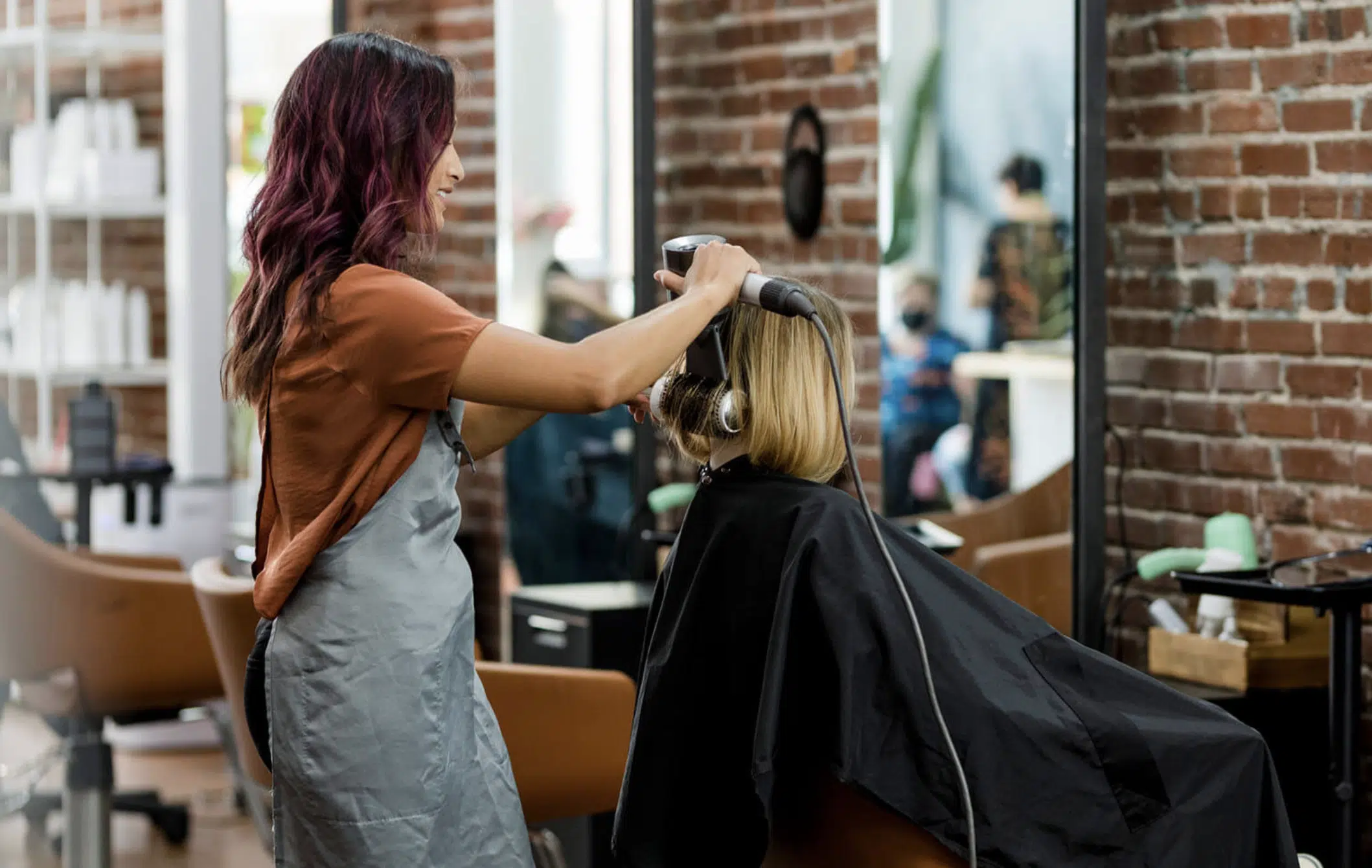
How Many Beauty Salons Offer Hair Coloring Services
Beauty salons have long been a go-to destination for individuals looking to enhance their appearance through various cosmetic treatments.
- +86 151 1839 7303
- [email protected]
- Mon-Sun 07:00-23:00
Tags
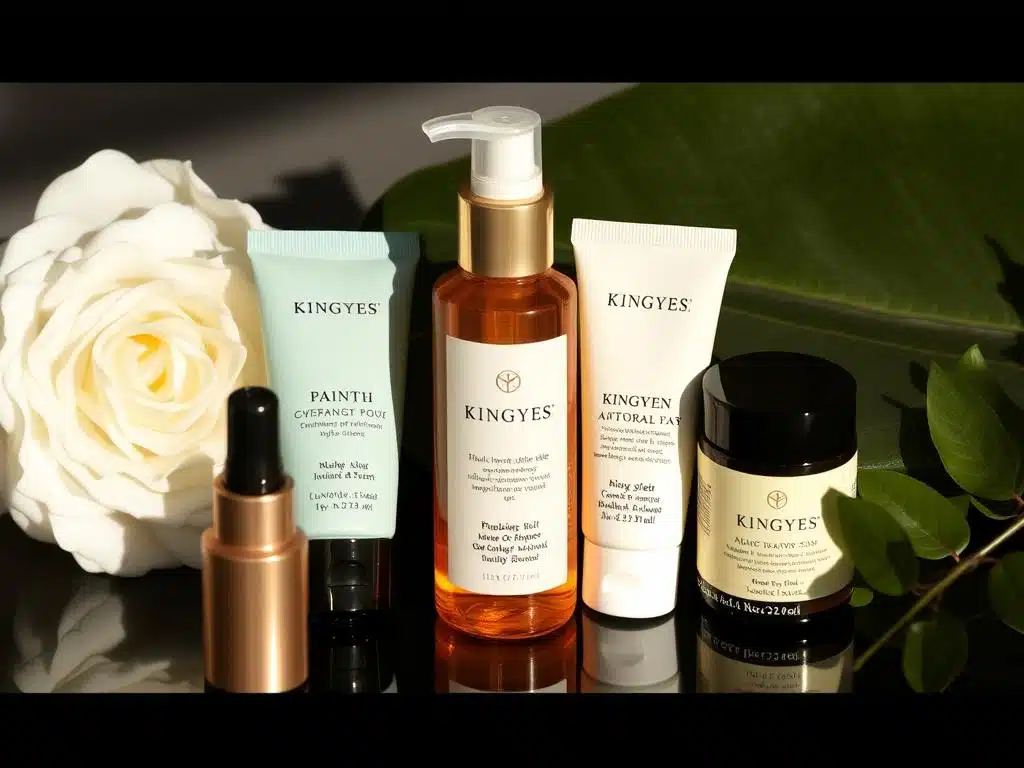
How To Sell Cosmetics On WeChat?
Are you ready to tap into the world’s largest beauty market?

How To Sell Cosmetics On Shopee?
Looking to sell cosmetics and tap into the booming e-commerce market of Southeast Asia?

How To Cooperate With Cosmetics Factories?
In the dynamic and competitive beauty industry, partnering with the right cosmetic manufacturer is paramount to the success of your cosmetics business.

